Loss topic, farmers are not interested
Science and technology (S&T) has always been a field of interest and investment for the State. This is reflected in the continuous increase in budget expenditure over the years. For example, in 2021, S&T expenditure was VND 7,732 billion (accounting for 0.934% of total budget expenditure), while in 2022 it increased to VND 9,140 billion (accounting for 1.086% of total budget expenditure).
The scientific and technological research topics and tasks implemented help improve production capacity and quality, making an important contribution to the socio-economic development of the country.
However, there are still some scientific topics that, despite billions of dong in investment, still have big question marks about the effectiveness. One can mention the national task called “Trial production of two varieties of Thanh Ngoc and Hoang Vu orchids in some northern provinces” carried out by the Fruit and Vegetable Research Institute (under the Vietnam Academy of Agricultural Sciences).
The project has a total budget of over 9.8 billion VND, of which the state budget is over 4.5 billion VND and counterpart capital is over 5 billion VND, implemented in the period from September 2019 to February 2023. The project manager is Associate Professor, Dr. Dang Van Dong (Deputy Director of the Fruit and Vegetable Research Institute).
The project aims to "perfect the process and expand the production of two orchid varieties Thanh Ngoc and Hoang Vu, contributing to increasing income for flower growers in some northern provinces".
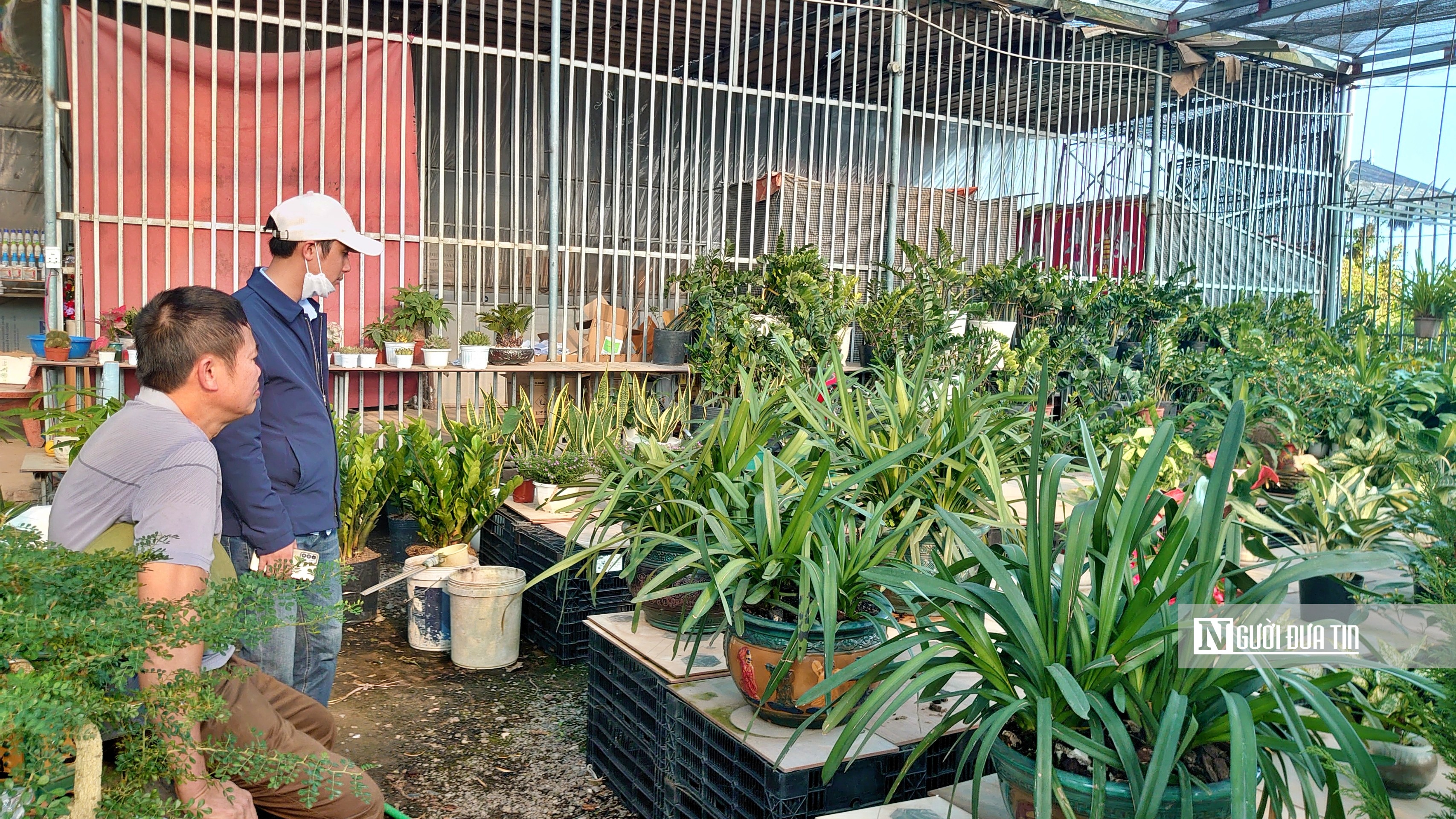
After the "fever" of mutant orchids, the price of Thanh Ngoc and Hoang Vu orchids also plummeted. At Me Linh flower village (Hanoi), there are only a few remaining pots.
However, in terms of economics and production application, the project seems to have not achieved high results. The inefficiency was shown in the "project summary report" with a loss of more than 1.39 billion VND. The reason given in the report was the difficulties caused by the impact of the Covid-19 epidemic.
According to a survey by PV, this type of orchid is not popular among gardeners today. This orchid variety was only really cultivated strongly during the period of "virtual fever" in orchid prices, before 2020.
Through research, it was found that the Fruit and Vegetable Research Institute has signed contracts with a number of cooperatives to produce the above two orchid varieties. Of these, Gia Thinh Cooperative (Moc Chau District, Son La Province) accounts for a large number. However, this cooperative itself is currently not trading this flower variety, the reason given is that they only grow it under contract.
As one of the major flower producing localities in the Red River Delta, many people in Me Linh Flower Village (Me Linh Commune, Me Linh District, Hanoi) when asked do not know about this type of orchid.
Many people shared that Me Linh commune focuses on developing flowers for holidays, Tet, and full moon days such as chrysanthemums, roses, peonies, lilies, etc., and does not prioritize orchids.
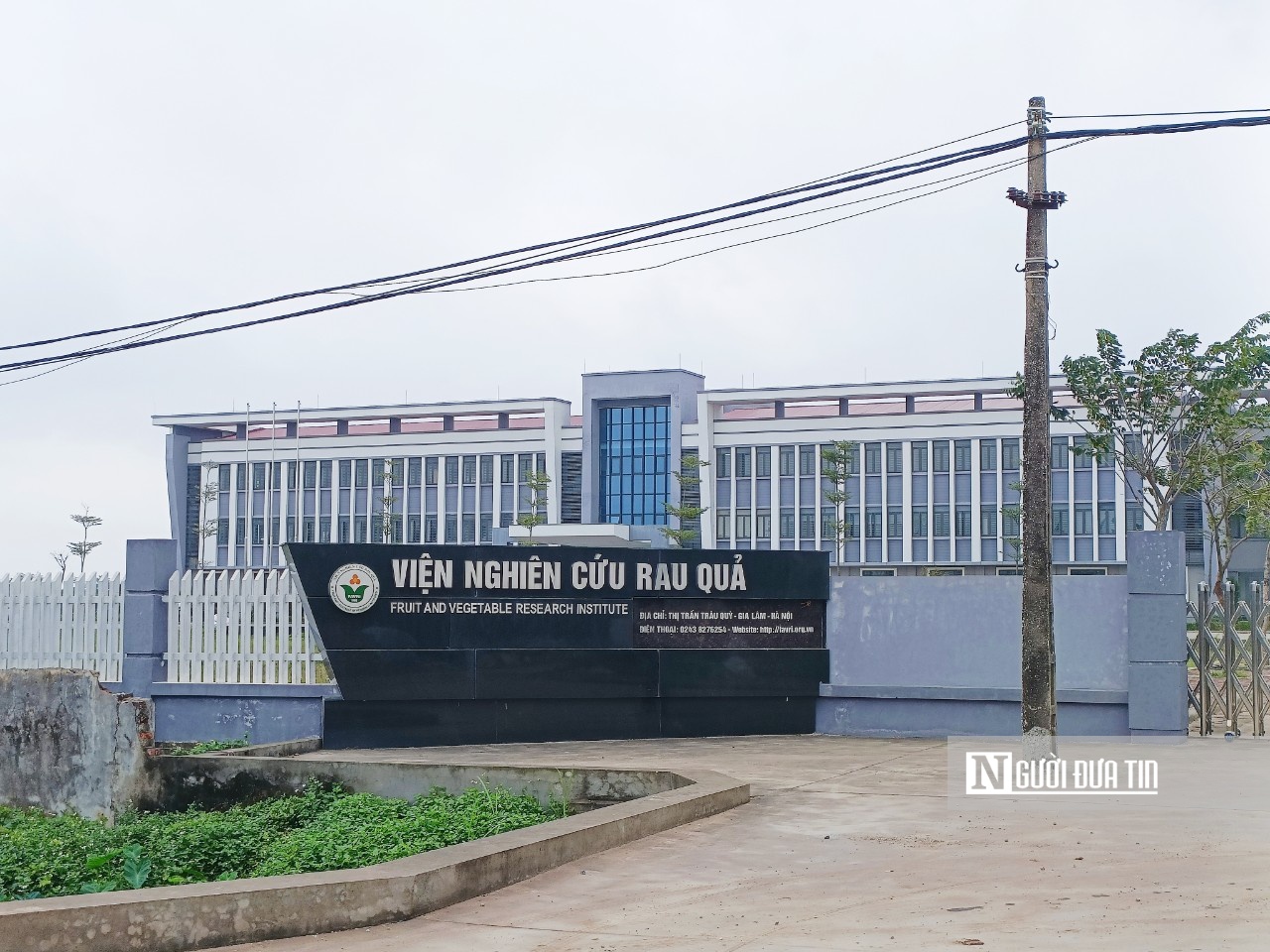
Vegetable and Fruit Research Institute in Trau Quy town, Gia Lam district, Hanoi.
After many inquiries, the reporter was introduced to two households, Mr. H. and his younger brother Ch. (Me Linh commune, Me Linh district) who have the above two flower varieties. Upon arriving, Mr. H. said that they were the only households in Me Linh flower village investing in these two orchid varieties. But that was the time when the "virtual fever" of orchids was taking place, before 2020.
Regarding the source of seeds, they imported directly from Da Lat. At that time, mutant orchids were "hot", so the sword orchid line was also "hot" and cost from tens of millions to hundreds of dong per basket.
But then, the "bubble burst", causing orchid prices to plummet, and since then they have stopped selling orchids. In the garden, there are only a few baskets of sword orchids like the one above.
Similarly, in the area of Vietnam Agricultural Academy (Trau Quy town, Gia Lam district, Hanoi), there are also many varieties of ornamental flowers and plants grown, but the reporter's records show that the main orchid variety here is Phalaenopsis.
Is the report realistic?
Responding to reporters on the above issue, Associate Professor Dr. Dang Van Dong admitted that the project was not as successful as expected, only being classified as satisfactory. The reason was due to difficulties caused by the Covid-19 pandemic, and at the same time the "fever" passed, causing many people to lose interest in this type of flower.
However, Mr. Dong affirmed that the topic was carefully researched over a long period of time, there was no "fever" of orchids, and the two orchid varieties studied were not mutations. "Doing science also has certain risks and failures," said the Associate Professor.
Mr. Dong said that selling orchids is only part of the project. In addition, the goal of the project was to research the tissue culture process, which was successful and the technical advances in it have also been recognized.
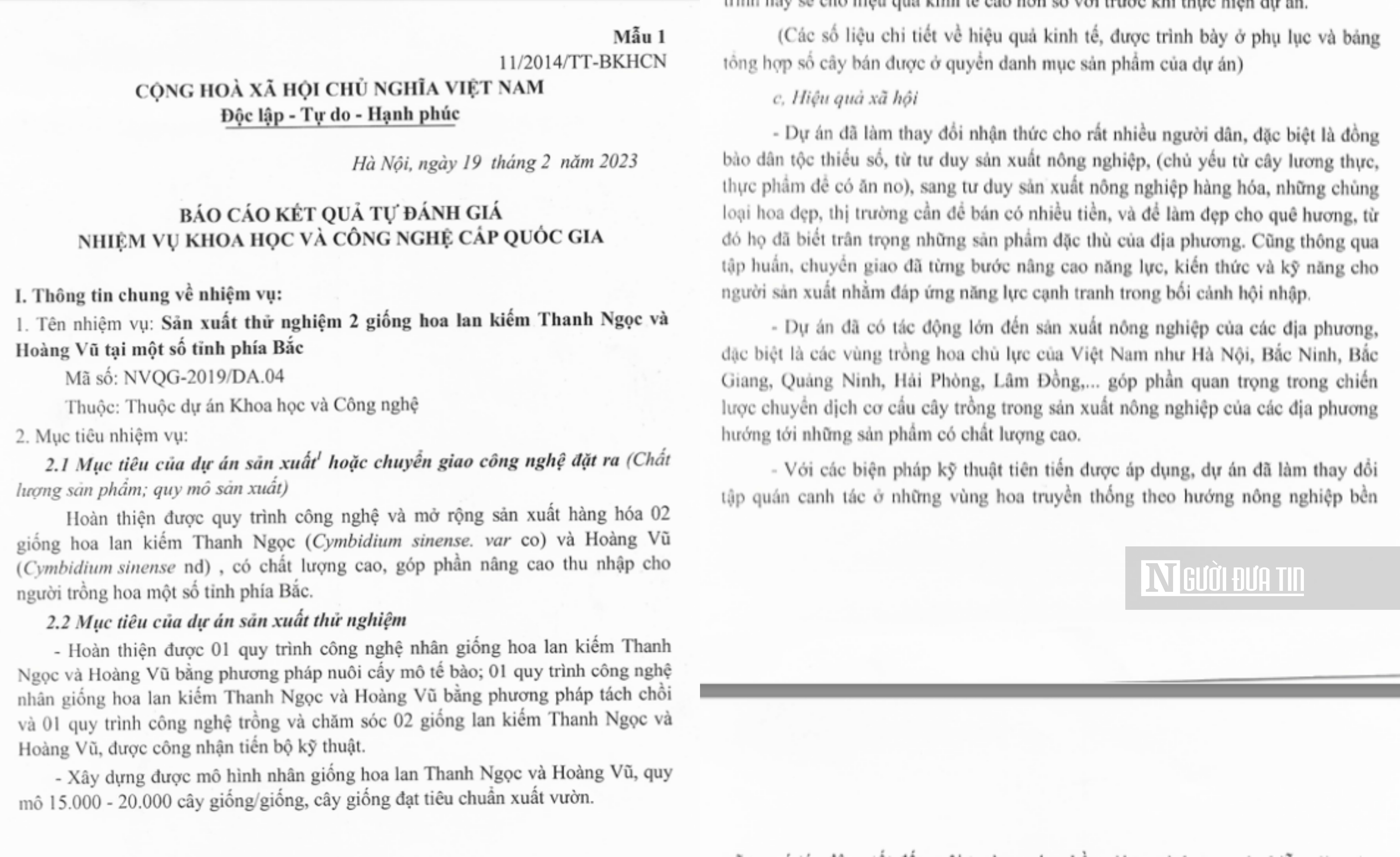
The content shows the project's strong impact on economic and social life in the self-assessment report.
Assessing the practice of replicating the orchid growing model as the set target, Mr. Dong also admitted that the results were not as expected. "I agree that no model has been replicated on a large scale, currently there are only small models," he said.
Although admitting that the economic efficiency is not high and the actual replication is still limited, the "Self-assessment report on national science and technology tasks" submitted to the acceptance council signed by Associate Professor, Dr. Dang Van Dong himself, expressed completely opposite words.
Excerpt from the report:
c, Social efficiency
The project has had a great impact on agricultural production in localities, especially in key flower growing areas of Vietnam such as Hanoi, Bac Ninh, Bac Giang, Quang Ninh, Hai Phong, Lam Dong, etc., contributing significantly to the strategy of shifting the crop structure in agricultural production of localities towards high-quality products.
The project has changed the awareness of many people, especially ethnic minorities, from the mindset of agricultural production (mainly from food crops to have enough to eat), to the mindset of commercial agricultural production, beautiful flower varieties, the market needs to sell for a lot of money, and to beautify the homeland, from which they have learned to appreciate the unique products of the locality.
It can be seen that science and technology are the key factors creating sustainable development for each country. Scientific research tasks are not only always focused on and invested in by the State. Along with that, each scientist needs to be aware of his or her great responsibility, contributing to the effective use of the budget and bringing great values to the country. In fact, in scientific research, not all topics and projects are successful. However, reporting acceptance results requires frankness and objectivity. In addition to the results achieved, it is necessary to present all difficulties and shortcomings, accurately and fully reflecting the nature of the research results. Absolutely avoid reporting lacking information or incompleteness because of achievements because this can lead to consequences later.
Source


![[Photo] Visiting Cu Chi Tunnels - a heroic underground feat](https://vstatic.vietnam.vn/vietnam/resource/IMAGE/2025/4/8/06cb489403514b878768dd7262daba0b)











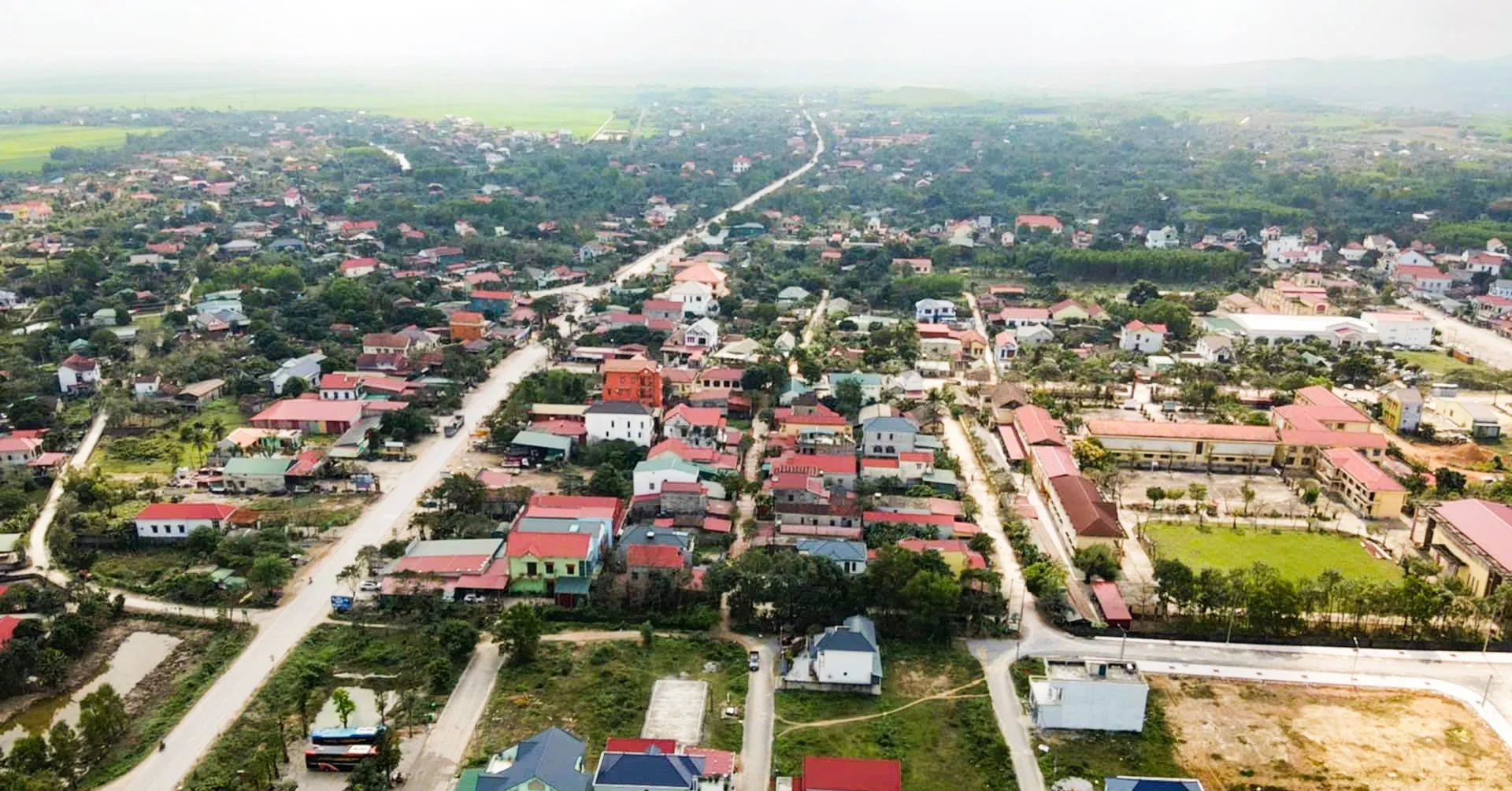

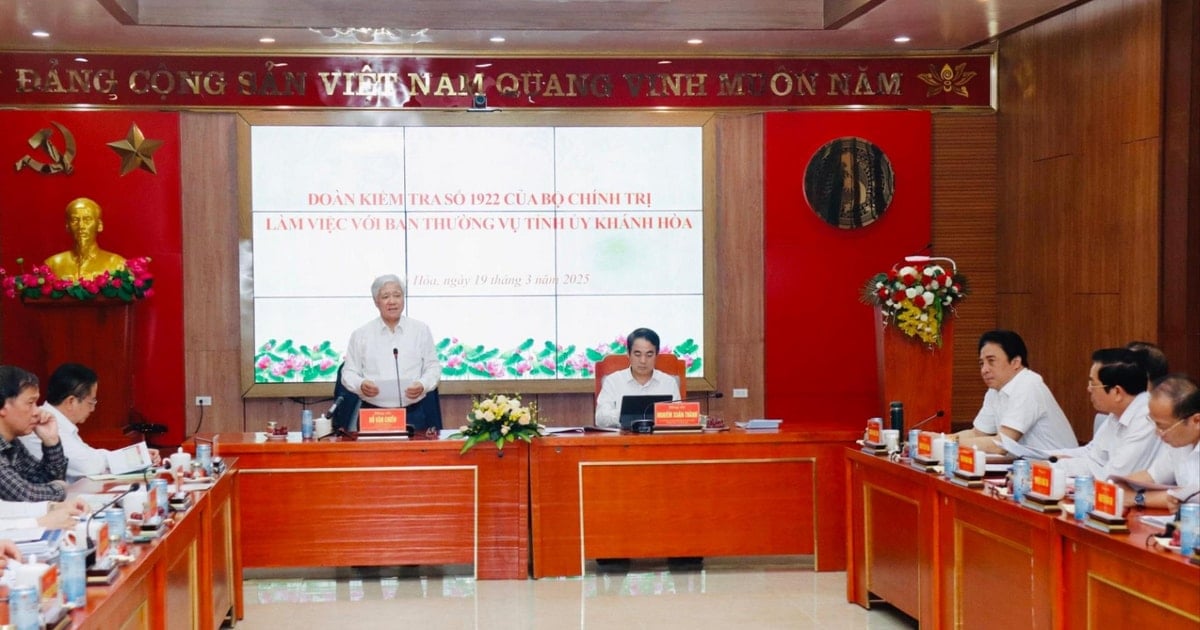


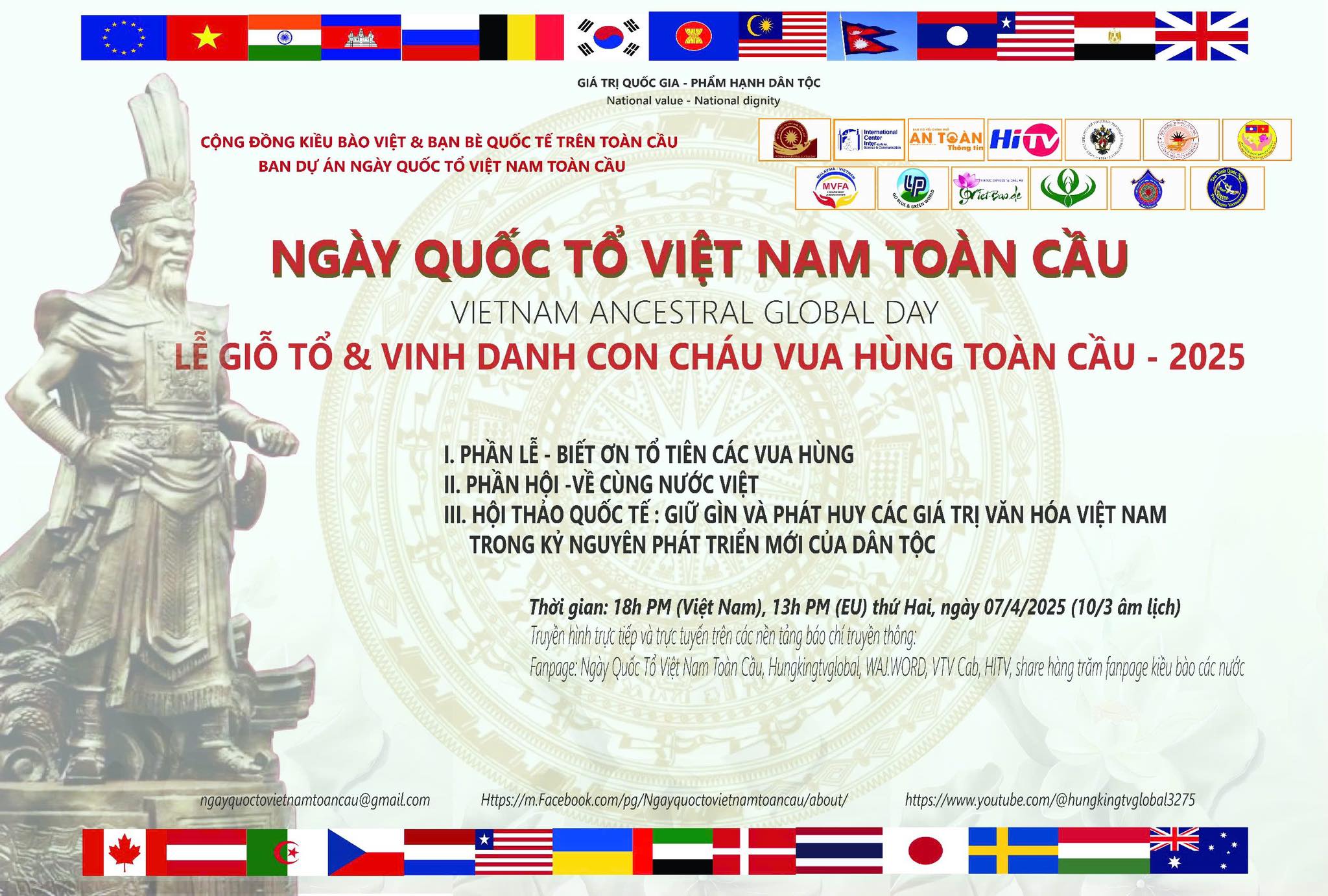
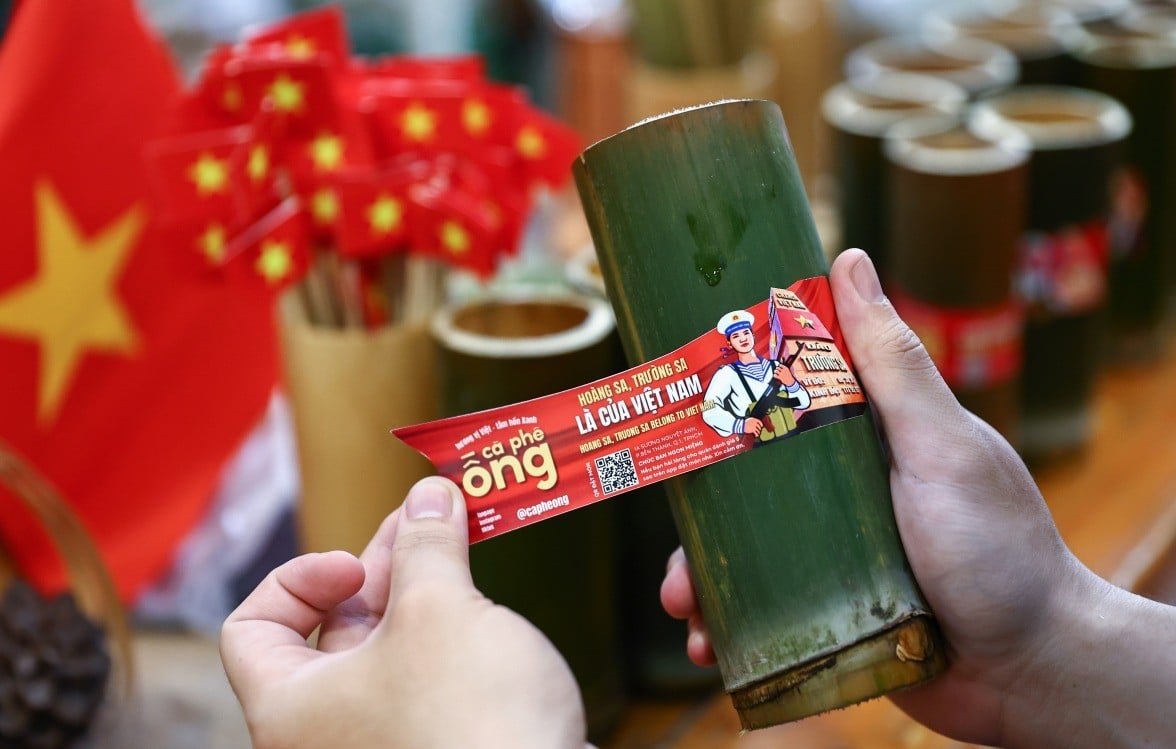






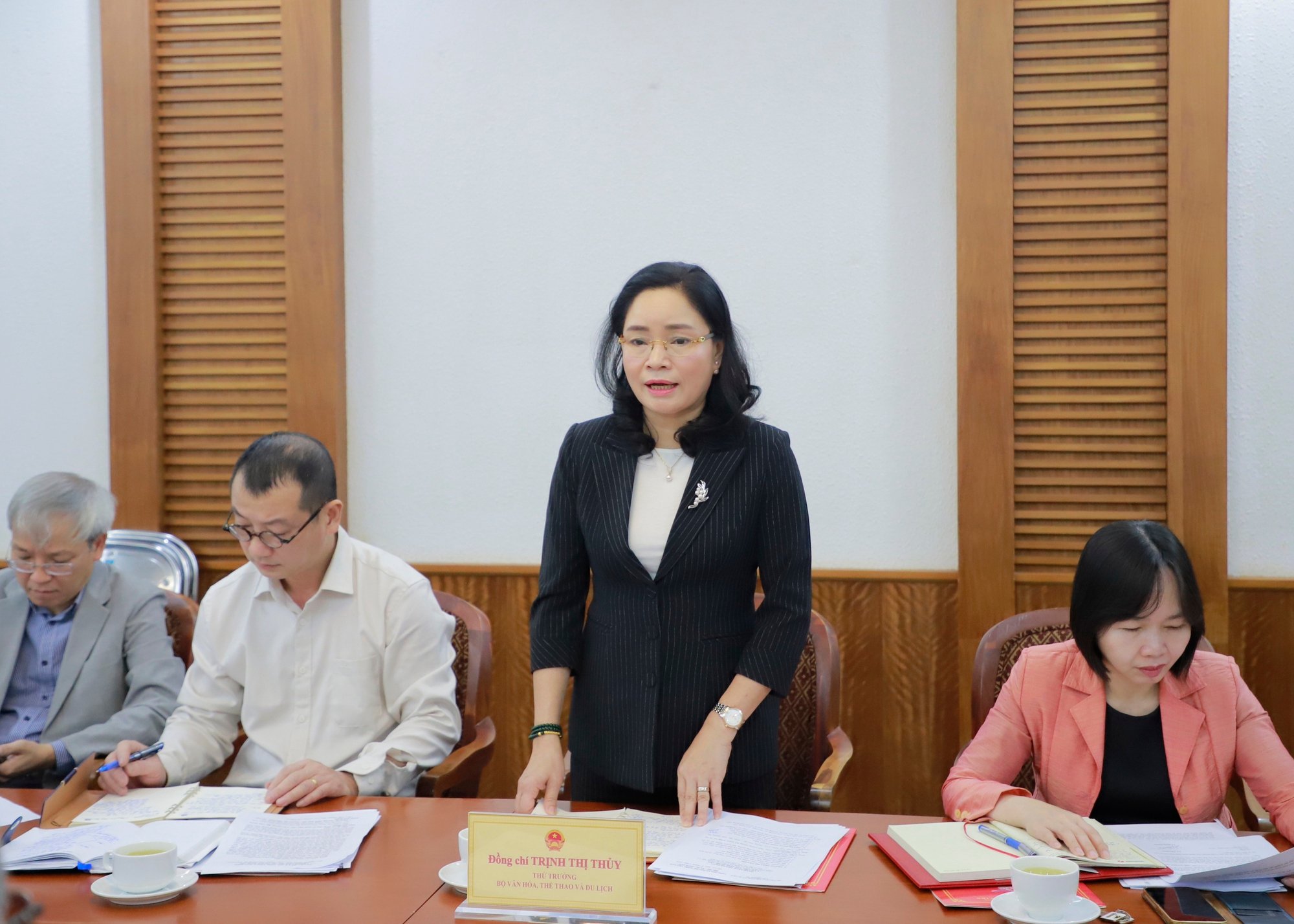



















































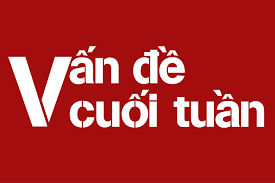
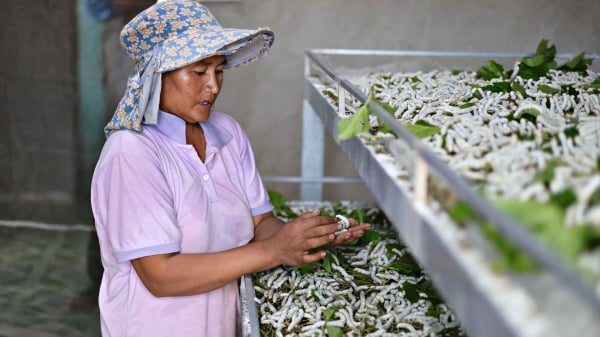
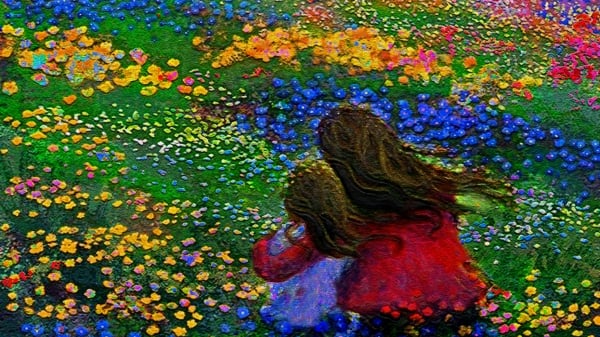

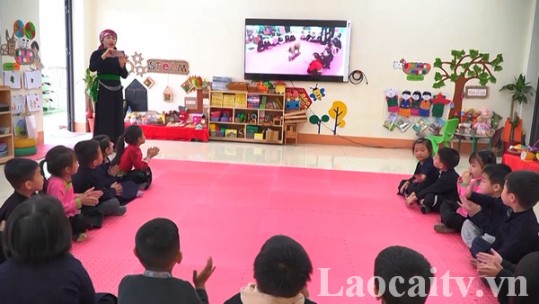










Comment (0)